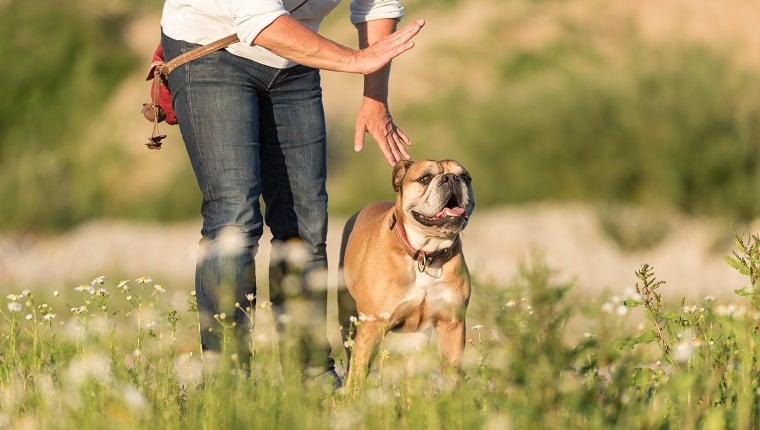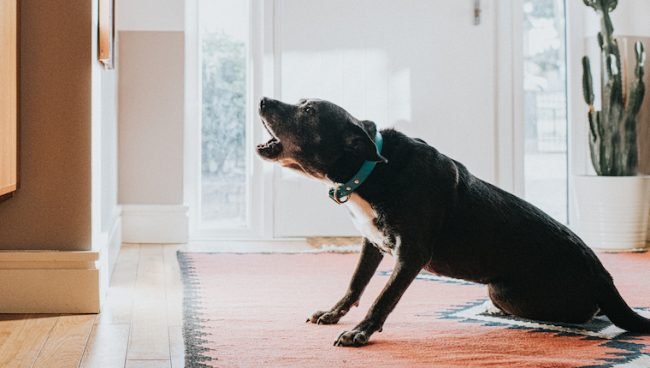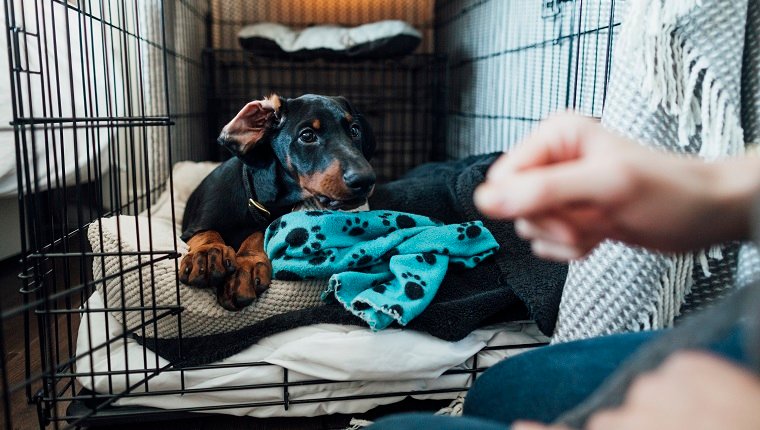One of the main reasons people give their dogs over to shelters is their dog’s unwelcome or destructive behavior. These may include aggression, excessive barking, running away, chewing and digging, or any number of other behavioral problems.
However, with some training, most dog parents can reduce or eliminate these habits and live peacefully with their dogs. That said, if you’re dealing with aggression, it’s usually best to consult a professional canine behaviorist.
Any behavior gets worse due to inadequate training or mishandling. Physical strength will never work and will only weaken the connection you are trying to make.
But in order for your dog to understand what is and isn’t appropriate in your shared world, you must act as a benevolent leader of your family. When dealing with bad habits in dogs, there are a few things to know.
Learn about the behavior of unwelcome dogs and how to train them
Many unwelcome canine behaviors are instinctive, and most come from boredom or stress.
It is important to recognize that these behaviors are innate. When your puppies dig out your flower beds, they’re not seeking revenge or punishment for taking away their tennis balls. Dogs are not programmed that way at all.
Aggressive behavior, chasing, marking, and resource conservation are modern manifestations of a dog’s early instinct to get food, protect territory, and pack. On the other hand, digging and chewing is often the result of boredom. Barking both.
Jumping up and opening your mouth is just one example of one species (dog) trying to make connections using a completely different form of communication that another species (humans) understand.
To reduce unwanted behavior, you need to understand your dog’s needs and be an effective leader. Here are a few key elements of effective training:
- Set boundaries and be consistent.
- Reinforce good behavior with plenty of snacks, toys, and attention.
- Ignore unwanted behavior whenever possible.
- Make sure your dog knows that they are a beloved and important part of the dog pack.
Prevent bad behavior in puppies

Preventing bad behavior is always preferable to having to treat it, and early training is key.
Enroll your puppy in obedience classes and practice with them every day, even after the lesson ends. Training not only teaches your dog polite and useful behavior, it also hones impulse control and provides the necessary mental stimulation.
It is a good idea to add tips and skills throughout your pup’s life.
Early socialization is another key factor. It’s best to get your puppy exposed as much as possible before your dog reaches 12 weeks of age – when the window of opportunity begins to close and the dog begins to fear the unfamiliar.
Introduce them to people of all shapes, sizes and colors, men and women, young and old. Arrange to play with dogs of different breeds, maturity levels, and play styles so that they learn good dog etiquette and play behaviors.
Finally, familiarize your dog with a wide variety of sights and sounds, from kids riding skateboards to flushing toilets to fireworks on the Fourth of July.
Treatment of behavioral problems in adult dogs
Some of the most loving, loyal, and intelligent dogs come from most shelters that are over 12 weeks old. If you miss the window of social opportunities, or if you already have a specific behavior, treatment can be very effective.
Providing your dog with plenty of mental and physical exercise is essential to maintain a well-adjusted dog. It is also an effective prevention tool.
It’s true: a tired dog is a happy dog, and the more physical and mental stimulation your dog gets, the less likely they are to dig, chew, or run away.
Like humans, dogs are social animals. Leaving them to spend long days alone with nothing to do is not only cruel, but an invitation to bad behavior. With nothing to do, your dog creates its own way of entertainment.
If you work all day or leave for long hours, consider hiring a dog walker or looking for dog daycare.
For serious problems, consult a professional

There are situations where the help of a reputable trainer is required. Physical correction is never appropriate and almost always makes things worse.
For serious issues such as separation anxiety and aggressive behavior, consult a reputable trainer or behaviorist. In these cases, desensitization is usually the treatment of choice.
Essentially, desensitization combines positive reinforcement—treating, praise, attention—with any factors that trigger bad behavior, creating new, positive associations with triggers.
In plain English: Your dog’s barking and lunge — anxious behavior — every time a neighbor’s child roars past on a bicycle — triggers. Starting with very limited contact, desensitization combines the sight of kids riding bikes with plenty of hospitality and compliment—a positive reinforcement.
Dog misbehavior is rooted in instinct, and this behavior is exacerbated when the dog feels bored, stressed, or both. Early training, mental and physical exercise, and a lot of attention go a long way in preventing and treating behavioural problems.




